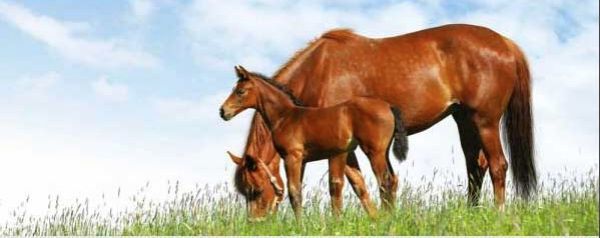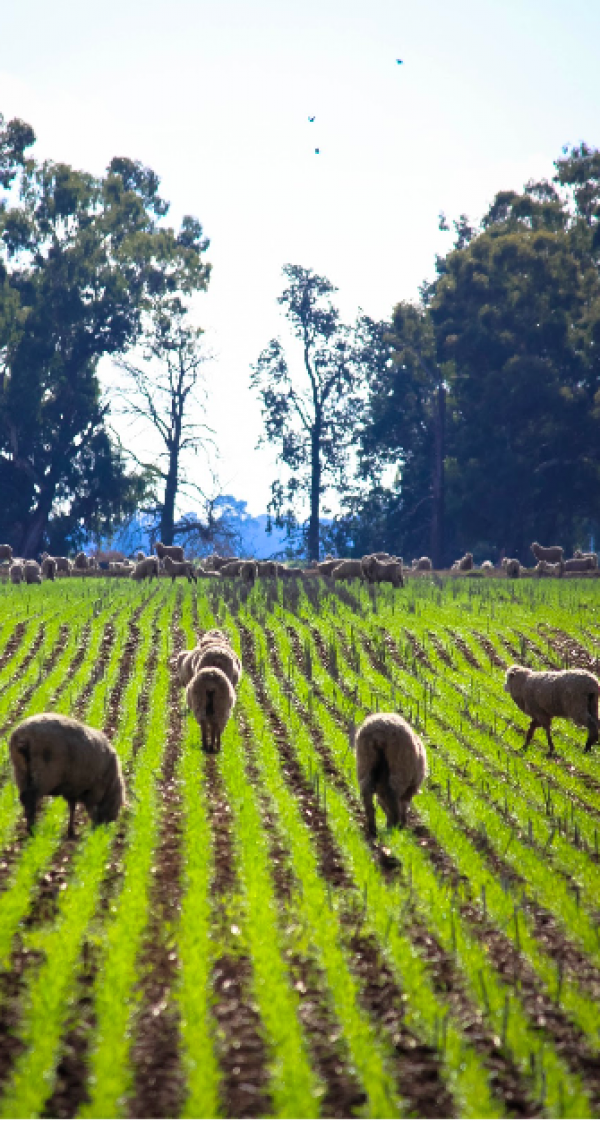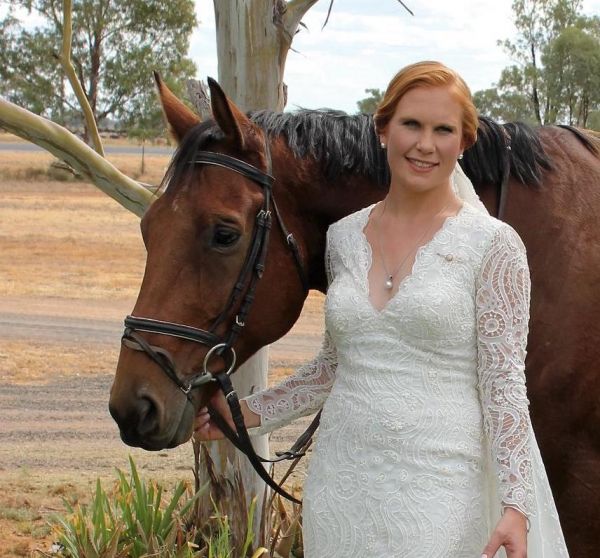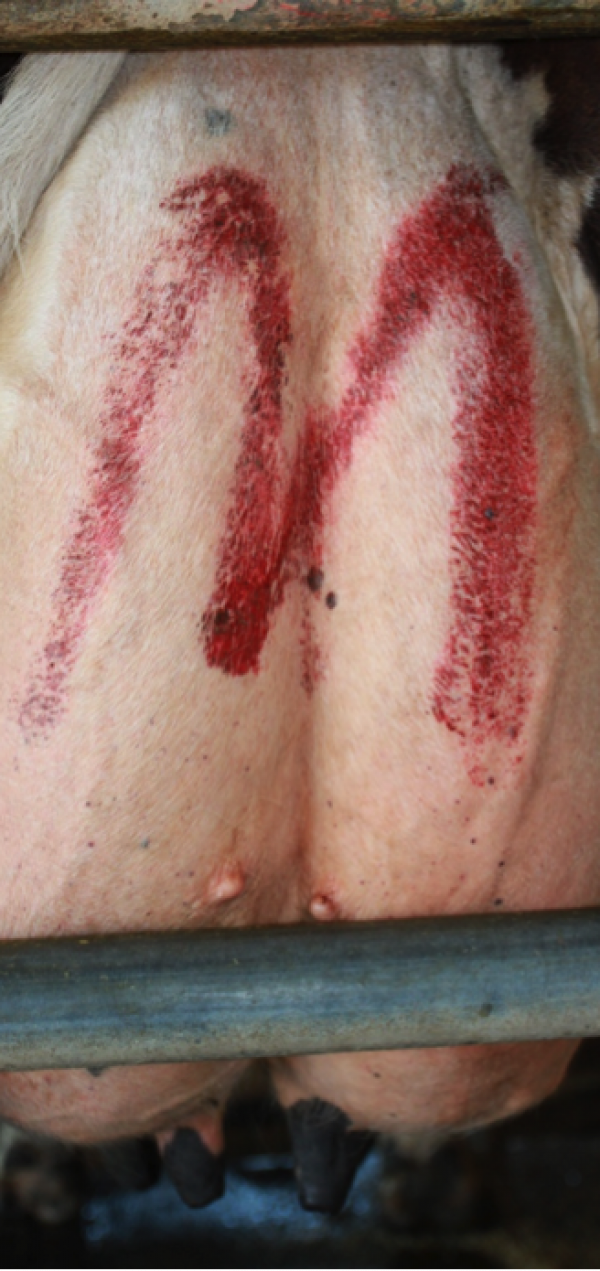 |
|

|
 |
 |
June Large Animal News |
June 2016 |
 |
|
 |
New research has been released on how to lift the limits imposed on sheep meat production by gastrointestinal nematode parasites – aka worms!
“The research has clearly shown that ensuring a good feed supply for meat sheep is the best way to prevent worm problems,” said former Local Land Services research officer, Dr Jeff Eppleston, who led the research undertaken on the Central Tablelands. Pre lambing drenches were also found to be essential on the Central Tablelands.
Research was carried out across 17 commercial properties in the Central Tablelands, the New England and Wagga regions, and in Victoria. In total 10,000 sheep, on 17 commercial properties, were involved in the project from 2012 to 2015.
‘Lifting the limits imposed by worms on sheep meat production’ is a collaborative report prepared by Central Tablelands Local Land Services, Charles Sturt University, the University of New England, and the University of Melbourne, for Meat & Livestock Australia (MLA). The project was funded by MLA levy payers matched by Commonwealth government funding.
“It has long been known that worm related problems and management result in the highest animal health costs to the Australian meat sheep industry,” explained Jeff Eppleston.
CLICK HERE TO READ THE FULL ARTICLE
Beautiful Bride
Kate Burnheim swapped her overalls for wedding dress on the 16/4/16. Kate and James tied the knot at Kate’s family property in Coonamble. Kate’s day wouldn’t have been complete without grabbing a happy snap with her faithful companion “Equinox”. We wish Kate and James a lifetime of love and happiness.
|
 |
 Healthy sheep on good feed supply
 Kate and "Equinox"
|
 |
 |
|
|
|
 |
 |
01 Critical mating weights - are you meeting them? |
 |
 |
|
 |
Critical mating weights are one of the key drivers of heifer fertility. Weight has an extremely large influence on the age at which heifers go through puberty and begin to cycle. Lighter heifers will go through puberty later in life than heavier heifers. This weight effect is a major driver of fertility and longevity in herds (both beef and dairy). Interestingly, age only has a very small effect on fertility.
Critical mating weight is the weight at which 85% or more of heifers joined will fall pregnant in 6 weeks, and is the minimum weight a heifer should be at the start of mating.
The actual weight varies between breeds, and is based on the mature weight of the herd. Heifers usually begin cycling around 55% of their mature body weight, and are sexually mature at 65%. Once they have reached sexual maturity, the chance of each heifer becoming pregnant during the joining is maximised.
This means that for a 500kg mature weight cow, heifers need to be a minimum of 280kg at joining. To achieve this, regular weighing of heifers is extremely important. The MLA recommend weighing heifers every 6 weeks to make sure heifers are on track to meet their critical mating weights. If they are not, the use of supplementary feed is important.
If you have been disappointed by the fertility of your heifers, or if your first calving heifers are always a problem to get back in calf, speak to us about managing them for better reproductive success. In herds which meet critical mating and calving weights, their first calving heifers can be one of the most fertile age groups!
|
 |
 |
|
|
|
 |
 |
03 Seven facts to know about lousy sheep |
 |
 |
|
 |
1. 43% of flocks in the pastoral zone and 29% of flocks in the wheat/sheep and high rainfall zones are infected with lice. In 2009 this number was increasing due to resistance of lice to older chemicals and the ban on diazinon, however currently it is believed that the prevalence is stable due to the availability of effective chemicals for lice control.
2. Sheep lice infestation can reduce clean wool cut by up to 1kg per head. This results from lice reducing yield, causing the fleeces to become cotted and yellow and increasing losses during processing. This reduces fleece values in the range of $3-$10/hd.
3. There is little economic impact in the first year of an infestation. In studies where infected sheep have been introduced into flocks, there has been little effect in the first year, but reductions of up to 30-40% in the subsequent year’s fleece value occur as lice numbers build up in the flock.
4. The estimated annual cost of lice to the Australian sheep flock is $81 million. This includes the treatment, prevention and production cost.
5. Lice have no effect on body weight, lambing percentage or growth rate. However, sheep with low weight gains because of poor nutrition or other stress may be more susceptible to lice and develop heavier infestations.
6. Spread of lice in sheep occurs almost exclusively by sheep to sheep contact. Therefore, if lice can be eradicated from a flock and other lousy sheep excluded, the flock will remain lice free.
7. The best way to monitor for lice is to look for rubbing sheep. However, you must actually see lice to be sure they are not scratching for other reasons.
We will discuss lice in more detail in upcoming newsletters. Remember the best source of information is LiceBoss (and us!).
|
 |
 |
|
|
|
 |
 |
05 Dry off right |
 |
 |
 Dry off is the best time to cure cows of mastitis. Make the most of it!
|
|
 |
You’ve invested a lot of money in dry cow treatments, so to make sure you get the most out of them here’s a few things you need to do.
• Immediately dry off cows below 5L/day production
Below 7L/d, cows are trying to form a keratin plug and dry themselves off. Below 5L/d, cows' cell counts begin to rise (even though they don’t have mastitis), and quality drops away. Treating cows below 5L/d increases the risk of antibiotic residues and mastitis in the following lactation.
• Dry off cows who are producing between 5-12L/day
These cows can be dried off immediately.
• Take steps to reduce the production of cows producing >12L/day
Antibiotic dry cow therapy is not designed to be used in cows producing >12L/day. These cows are more likely to drip milk after dry off and leak the antibiotics back out. With at least 1 week lead time, cows still producing >12L/day need to be drafted out and have both their diet and environment changed. Reduce production by feeding a ‘Jenny Craig’ diet, feeding only for maintenance with little to no concentrates.
• Dry off abruptly, do not skip days and preferably do not skip milkings
The most effective way to reduce production in cows is diet and environment change. Intermittent milking sends mixed signals to the cows, and interferes with the natural sealing of the teat.
• Put cows on a clean dry paddock for 3-4 days post-dry off
Try to keep cows standing for 2 hours after dry off. The easiest way to do this is to have feed ready for them as soon as they get to the paddock or feed pad.
• Continue the maintenance diet
For cows which were producing >12L/d in the week before dry off, continue the maintenance diet for another 3-4 days.
If you're not sure of the best drying off procedures, give us a call.
|
 |
 |
|
|
|
|
